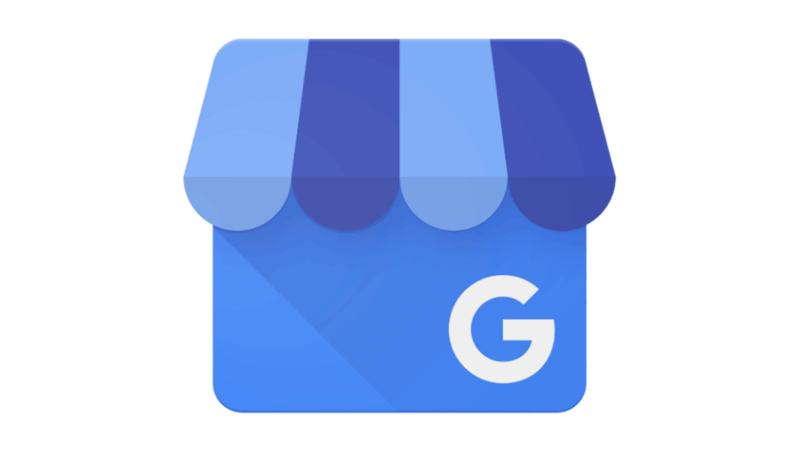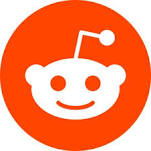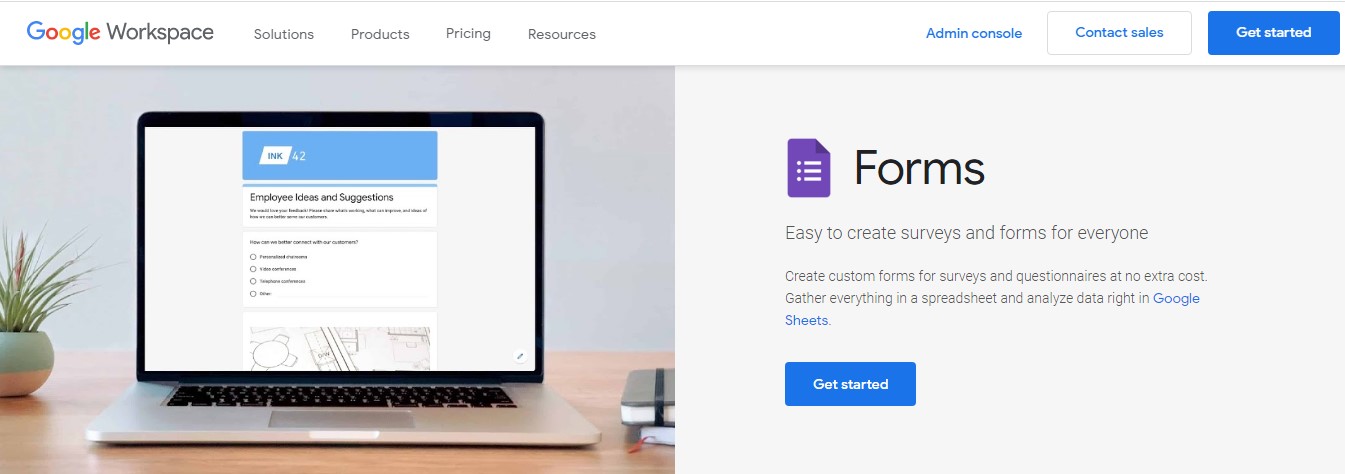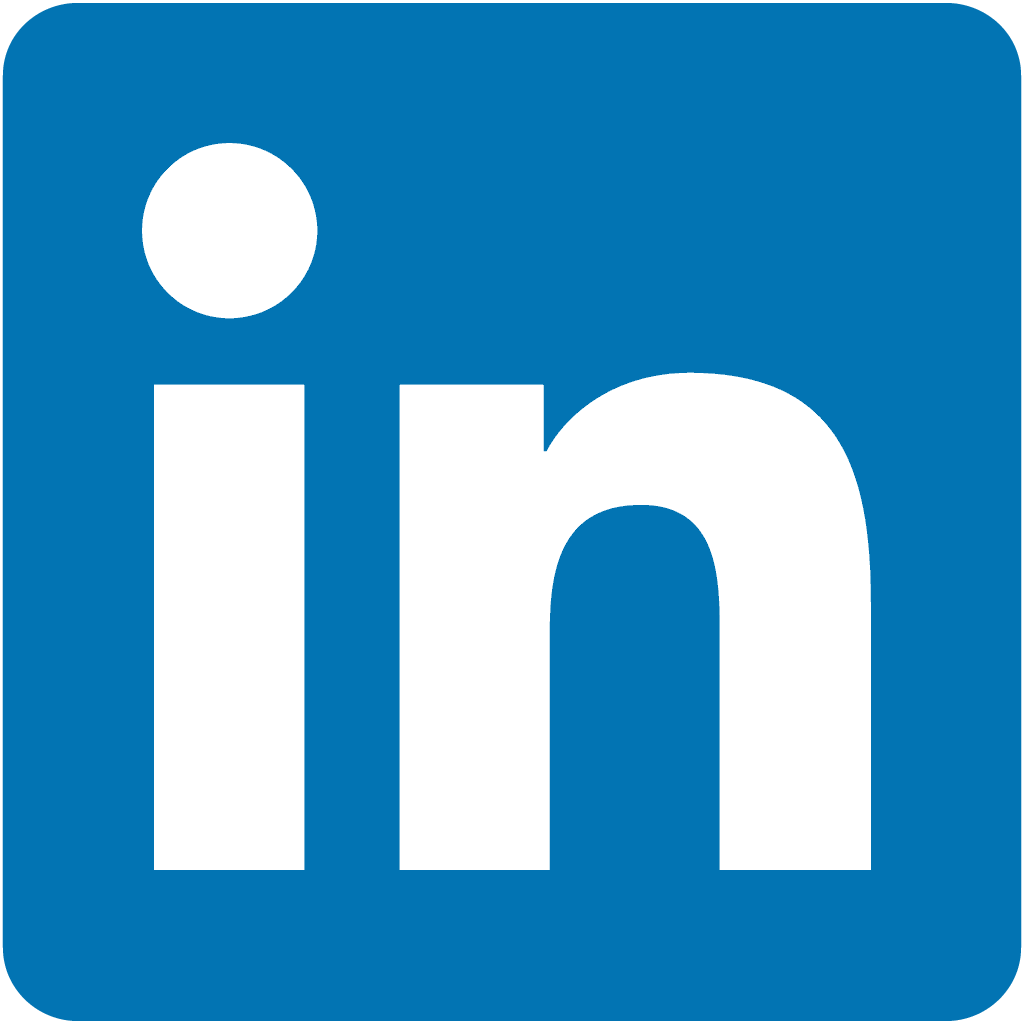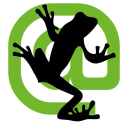My Coupons And Promo Codes Website Makes $3K/Month
Hello! Who are you, and what business did you start?
My name is Uzair Farooq, and I'm the founder and CEO of PennyCanny. I started this coupon website in 2021, which is now generating $3,000 monthly profit.
My website helps online buyers find the best deals and discounts on top stores like Wayfair, JCPenny, and DoorDash. Customers can get free coupons for fitness equipment stores like NordicTrack and promo codes for fashion stores such as Ralph Lauren and

Download the report and join our email newsletter packed with business ideas and money-making opportunities, backed by real-life case studies.

Download the report and join our email newsletter packed with business ideas and money-making opportunities, backed by real-life case studies.

Download the report and join our email newsletter packed with business ideas and money-making opportunities, backed by real-life case studies.

Download the report and join our email newsletter packed with business ideas and money-making opportunities, backed by real-life case studies.

Download the report and join our email newsletter packed with business ideas and money-making opportunities, backed by real-life case studies.

Download the report and join our email newsletter packed with business ideas and money-making opportunities, backed by real-life case studies.

Download the report and join our email newsletter packed with business ideas and money-making opportunities, backed by real-life case studies.

Download the report and join our email newsletter packed with business ideas and money-making opportunities, backed by real-life case studies.


